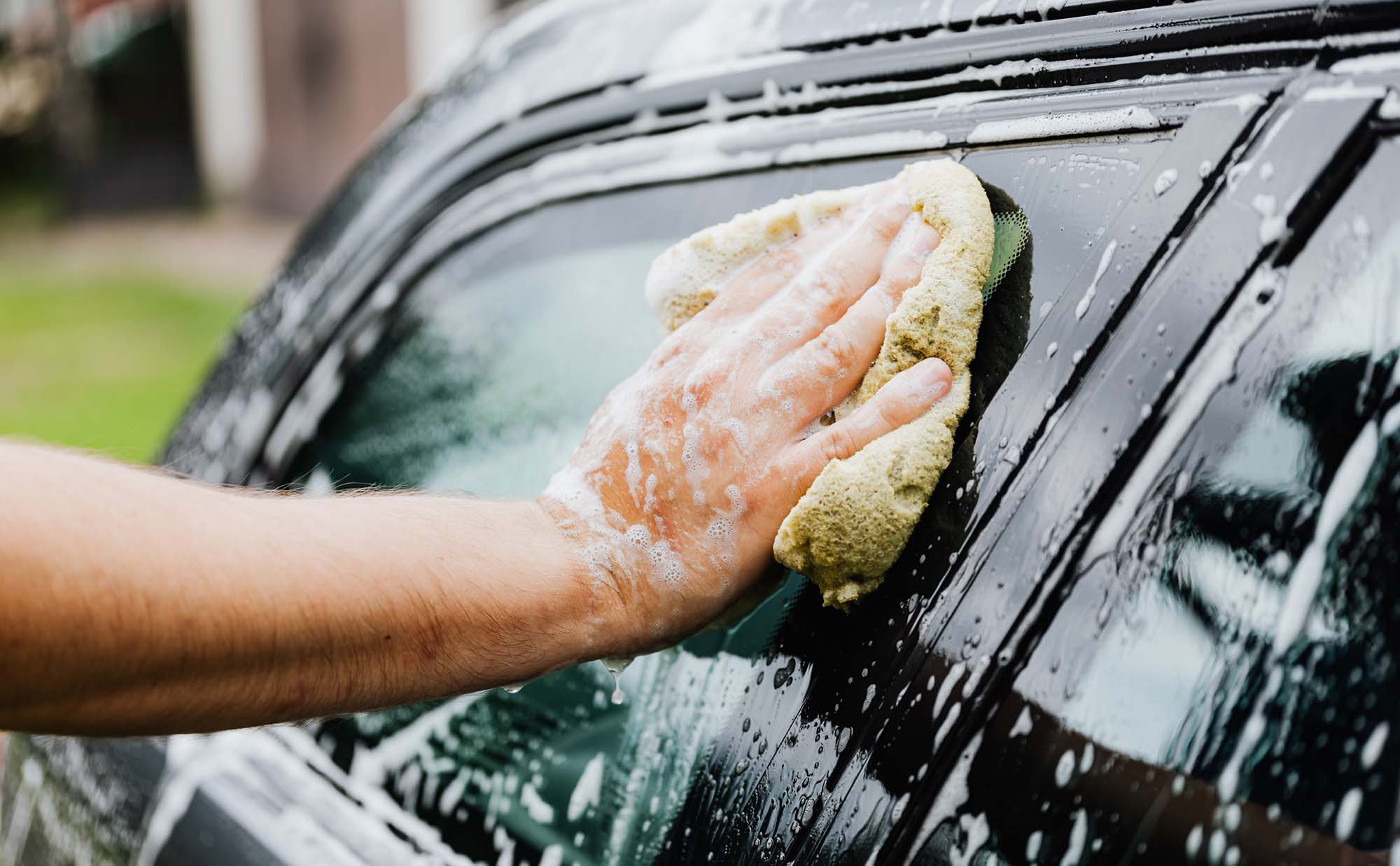In this post, we investigate whether oil additives deliver on their big promises. Here is a summary of what we know and think about oil additives.
The next time you find yourself tempted to go through one of those quickie car washes with the giant brushes that gouge your paint- don’t. If you care about your car’s exterior, do a DIY car wash for the best results. You may regularly hose off your car and give it a rub down with a mitt and soapy water, but you may be neglecting a few steps.
1. Assess the condition of your vehicle
Evaluating the condition of your vehicle will tell you how to clean it. A new car or one that already has a good coat of wax on it, needs less attention than a car that’s been neglected- requiring a more thorough clean and polish.
2. Check your products
Get in the habit of reading the label of any product before you dump it onto the surface of your vehicle. For example, a highly acidic chrome wheel cleaner will ruin the finish of aluminum wheels. After you’re clear on what goes where and when, invest in premium microfiber clothes and separate them into piles for those used on your paint, wheels, and windows. Wash your towels and cleaning mitts after every use.
3. Rinse then wash
Rinse your entire car, from the top down, to remove loose contaminants such as dust, dirt, pollen, mould and mud. When it’s time to wash, use a car washing soap instead of household detergent or cleaner, which can damage the paint and strip away wax.
4. Prep the surface
After washing you can easily see scratches, swirls, and oxidation in your paint. Run your hand over a washed vehicle, and if you can feel little bumps of contaminates or sap, then grab your clay bar.
The clay bar removes everything off the surface of your vehicle, rendering the paint smooth. Start by kneading it into a flat wafer, using a lubricant. Some scratches are below the surface and require a compound. A compound paint cleaner needs to be worked into the finish and can sometimes require a 2nd, 3rd, or even 4th application. Some scratches are too severe and only a paint touch-up will repair them.
5. Polishing for gloss
This step is optional, but really enhances the colour and protects all the hard work you just put in. Polish can be applied by hand if you don’t have a dual-action polisher. Simply follow the application directions on the product label.
6. Protect with wax
Wax protects your car from UV rays and contaminants and is available in a carnauba or polymer form and each has its benefits. The choice between using carnauba or polymer wax is up to you, but some car enthusiasts claim the showroom shine of carnauba is worth the higher price point.
7. The shortcut
If your car is relatively clean or you don’t have the time to follow these steps, a one-step cleaner wax may be the best choice for you. After rinsing and washing your car as outlined above, apply the cleaner wax with a clean cloth.
8. Wash the windows
It’s best to stay away from Windex and other household glass cleaners as they contain ammonia which can damage a car’s window tint. An automotive window cleaner will give you better results.
9. Wash the wheels
Again, use a product that has been specifically formulated for your type of wheel or use an acid-free, pH-balanced aluminum wheel cleaner that’s safe for use on all types of wheels.
___
If you stay on top of maintaining the exterior of your vehicle, it won’t take much to keep the paint clean, shiny, and ready to drive with pride all summer long. Does your car need more attention than just a wash? Give us a shout, and we can help you out with any mechanical issues you are experiencing.




